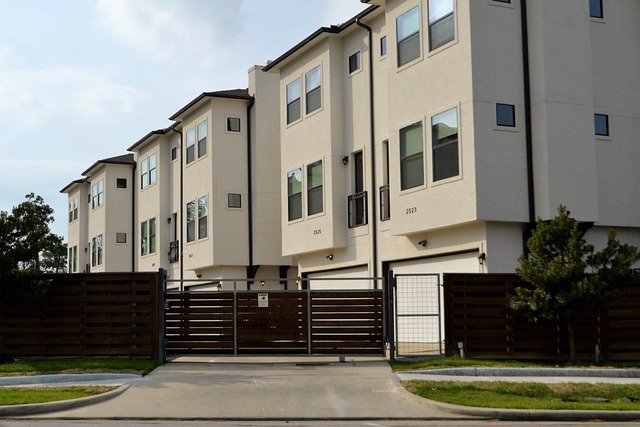The Benefits of Building Senior Apartments
Senior Apartments and specialized housing solutions in Canadian urban centers like Vancouver and Toronto are offering innovative responses to the growing needs of the senior population. These dwellings, often designed with accessibility and community in mind, provide essential living space and can contribute to a diversified housing supply.

Canada’s aging population has created unprecedented opportunities in the housing sector, particularly in the development of specialized residential communities. Senior apartments represent more than just housing solutions—they embody a comprehensive approach to addressing the evolving needs of older adults while generating positive impacts for developers and surrounding communities.
The Rise of Senior Apartments in Canada
The demographic landscape in Canada is shifting dramatically, with Statistics Canada projecting that nearly one in four Canadians will be over 65 by 2030. This demographic transformation has sparked significant interest in senior-focused housing developments. Provinces like British Columbia, Ontario, and Alberta are experiencing particularly strong demand for age-appropriate housing options that combine independence with accessibility features.
Developers are responding to this trend by creating specialized communities that cater to the unique needs of older adults. These developments often feature single-level living spaces, wider doorways, accessible bathrooms, and community amenities designed to promote social interaction and healthy aging.
Key Advantages of Senior Apartments
Building senior apartments offers multiple advantages that extend beyond traditional residential development. For developers, these projects often command premium pricing due to their specialized nature and growing demand. The target demographic typically seeks long-term housing solutions, resulting in lower turnover rates and more stable rental income streams.
From a design perspective, senior apartments allow for innovative architectural solutions that prioritize safety and accessibility. Features such as emergency response systems, grab bars, non-slip flooring, and well-lit common areas become selling points rather than costly additions. These developments also tend to require less maintenance in certain areas, as residents often prefer low-maintenance living arrangements.
The market appeal of senior apartments extends to families as well, as adult children often participate in housing decisions for their aging parents. This involvement creates additional marketing opportunities and can lead to referrals within family networks.
Sustainability and Community Benefits
Senior apartment developments contribute significantly to sustainable urban planning initiatives. These projects often incorporate energy-efficient systems, sustainable building materials, and compact design principles that reduce environmental impact. Many developments feature community gardens, shared spaces, and amenities that promote resource sharing among residents.
The community benefits extend beyond environmental considerations. Senior apartments often become anchors for local businesses, healthcare services, and transportation networks. They can revitalize neighborhoods by attracting complementary services such as pharmacies, medical clinics, and specialized retail establishments that serve the broader community.
These developments also address social sustainability by combating isolation among older adults. Purpose-built communities foster social connections through shared amenities, organized activities, and proximity to peers facing similar life transitions.
Challenges and Considerations
Despite the numerous benefits, building senior apartments presents unique challenges that developers must carefully navigate. Regulatory compliance can be more complex, as these developments must meet accessibility standards and may require special permits or zoning considerations. Building codes often mandate specific safety features and accessibility requirements that can increase construction costs.
Financing can also present challenges, as lenders may require additional due diligence for specialized housing projects. Market analysis becomes crucial, as developers must accurately assess local demand and competition from existing senior housing options.
Operational considerations include the need for specialized property management expertise, potential healthcare partnerships, and emergency response protocols. These requirements can increase operational complexity but also create opportunities for premium service offerings.
Why You Should Learn More About Senior Apartments Today
The senior housing sector represents one of the most promising areas of real estate development in Canada. Current market conditions, including low vacancy rates in many markets and strong demographic trends, create favorable conditions for new developments.
Government incentives and programs supporting accessible housing development provide additional opportunities for developers. Many provinces offer grants, tax incentives, or expedited approval processes for projects that address senior housing needs.
The knowledge gained from senior apartment development can also be applied to other specialized housing sectors, including assisted living facilities, active adult communities, and intergenerational housing projects. This expertise becomes increasingly valuable as the housing market continues to diversify.
Building senior apartments represents a convergence of social responsibility and business opportunity. These developments address a critical housing need while offering developers the potential for stable returns and community impact. As Canada’s population continues to age, the demand for thoughtfully designed senior housing will only continue to grow, making this an opportune time to explore the possibilities within this specialized market segment.




